‘Promised the moon, delivered a flashlight’: How Ardernism died
At her peak Jacinda Ardern was a global juggernaut, paving the way for women leaders around the world. How did the light that shone so brightly with a landslide victory in 2020, face such an ignominious end just three years later?
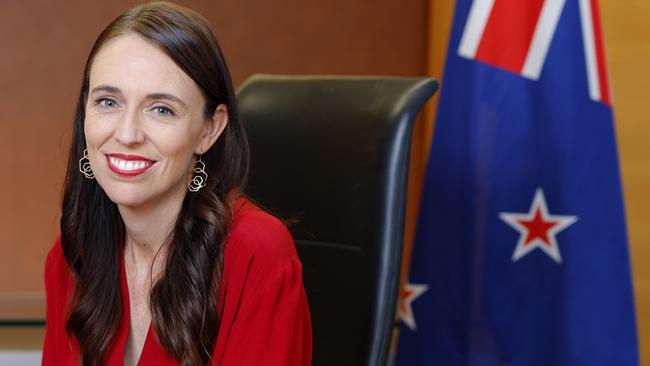
Unless the polls are very wrong, Saturday marks a crushing end to the six year New Zealand Labour government which made headlines around the world because of the unmatched Hollywood-style star power of its former leader Jacinda Ardern.
At her peak, Ardern was a global juggernaut, a vivacious female prime minister paving the way for women leaders around the world with her own political brand of kindness, empathy and progressive vision. This served her well during a series of disasters which befell her country including the 2019 mosque massacre of 51 muslims, the White Island volcano eruption of that same year and the initial successful Covid response which kept her country free of the pandemic for longer than most of the world.
But at home, she was viewed in a different light as a leader who talked- the-talk with a progressive agenda on race, gender and equality but who didn’t deliver on promises on issues which impacted the lives of ordinary Kiwis, from housing to welfare, infrastructure and cost of living. By early this year, with her approval ratings plummeting, she departed politics, claiming that she had nothing left in the tank.
In her place rose the current prime minister Chris Hipkins, her loyal lieutenant during the pandemic but who has, in his 10 months in power, frantically tried to distance himself from Ardernism – despite the fact that he helped to create it – and who now looks likely to go down with the good ship Jacinda.
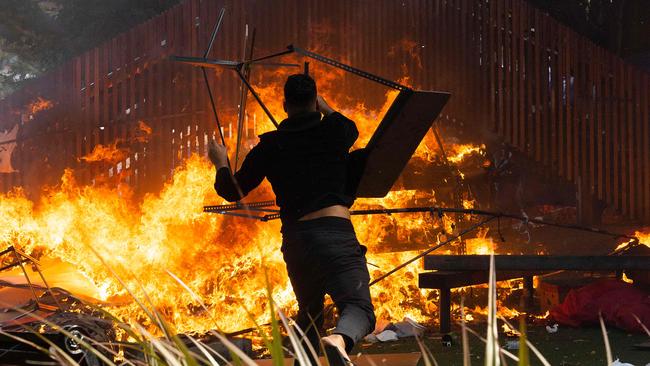
So what happened to Ardernism, how did the light that shone so brightly with a landslide victory in 2020, face such an ignominious end just three years later?
In hindsight, two bonfires mark the end of the era. The first was the fire lit on the front lawns of parliament in 2022, at the climax of a 23 day occupation by protesters furious at the country’s vaccine mandates. The fire caused outrage among New Zealanders but it was the refusal by then prime minister Ardern to engage with the protesters that has remained in Kiwi memories.
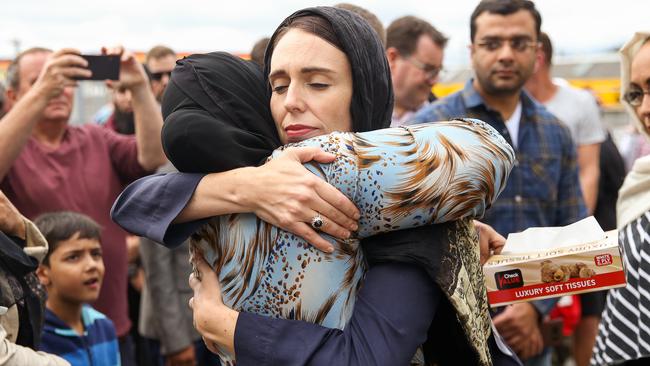
“This was Jacinda, the woman who wore a hijab to speak to the victims of the Christchurch massacre, who hugged people and talked about empathy,” says political commentator Chris Trotter. “And here she was refusing to speak to the protesters. Just the visuals of her sitting down talking to them would have done a lot to save her image.
“But by now something had changed in her. When she talked about empathy people didn’t really believe her any more. And by the time the fire was lit, all the joy had gone out of Jacinda.”
The second fire was ignited exactly a year later by her successor Hipkins, who ditched most of Dame Jacinda’s progressive agenda in a so-called “policy bonfire” shortly after taking over as Prime Minister.

That conflagration brought him a rise in the polls to nearly 40 per cent, encouraging observers to believe he would focus on “bread and butter policies” and take Labour to a third term in government. But after Hipkins failed to replace his predecessor’s agenda with anything substantial, support fell away again to its current dismal levels – despite a late surge that narrowed the gap with the rival National Party in the last week of the campaign.
“They never really did anything for us ordinary New Zealanders,” says former schoolteacher Kevin Hunter. “They were so busy being kind and giving things to Maori and poor people they forgot about the rest of us.”
Mr Hunter, who works as a taxi driver in the well-heeled South Island town of Nelson, says he’s going to vote for the libertarian ACT party this time around – although his father would turn in his grave. “I trust ACT more to get us out of this big (economic) mess that Labour has got us into,” he says.
As they plod toward today’s general election, New Zealanders have become dispirited and fearful, facing a cost of living crisis with rising food costs, rents and interest rates, an apparently out of control crime wave (a 720 per cent increase in retail crime since 2016) and a crumbling health system.
Kiwis who can’t get to a doctor or pay their rent and mortgage can’t see any way out of the crises building around them and don’t trust the Labour government to help them.
Labour is currently languishing at between 26 and 30 per cent in the polls, while polling also shows that nearly two thirds of the population believe the country is headed in the wrong direction – an almost complete reversal of the more optimistic attitudes of 2020.
Resentment and cynicism over Labour’s commitment to any but the most “woke” of its policies had already settled like a cloud over the party by the time Ardern resigned as prime minister in January. Nothing her successor has done in the past 10 months has allowed him to break though that cloud into clear air.
“People liked Ardern’s intentions, what they never saw from her was delivery,” says Nicola Willis, deputy leader of the opposition National Party. “Ultimately, you can make all the promises in the world but if people don’t see a change happening in their own lives, then eventually they grow tired of the slogan”.
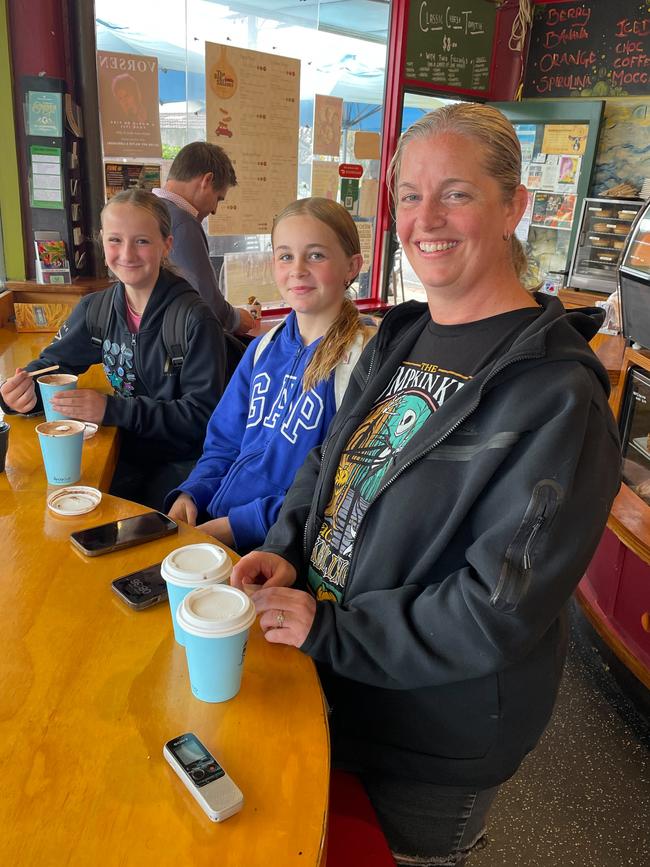
Walk into a cafe or bar in New Zealand today and you will find deep divisions about Ardern’s legacy.
“I was gutted when Jacinda left office,” says Sasha Duguid, as she buys her daughter Alannah, 12, and her schoolmate Addie, 11, a hot chocolate before school in Plimmerton north of Wellington. “She never went down in my estimation and I thought she did a wonderful job as leader and being a woman in power was so good for our kids to see. I am not really a political person but I loved her.”
Sitting nearby, 67 year old Coltyn Shaw, a Maori, agrees that the backlash against Arhern is unjustified. “I think everyone lost the plot about Jacinda - she was doing an incredible job and while some things didn’t get done - like her promises on housing - I wasn’t overly worried about that because she guided us through the worst three years of our lives with the Australian guy who shot up everyone in the mosque, the floods, earthquakes, Covid. We saved 20,000 elderly people in New Zealand during Covid, so she did a great job, she was gold.’

At a nearby golf course, Ewen Richie leans on his clubs and takes a swing.
“Ardern was the worst prime minister in New Zealand’s history,” he says. “She talked a big talk and did nothing, she was the cause of the biggest problems we’ve got. This country is in a bloody mess as a result, we have serious financial problems, crime is soaring and she bought in co-governance (a decision-making model which gives equal rights to Maoris and non-Maoris) which is anti-democratic. The country suffered because of her radical left ideology and Hipkins was one of her disciples, so he is just Jacinda-lite.”

Ardern won her second term in a landslide in 2020, as New Zealanders thanked her for keeping them safe from the first wave of Covid-19. But ironically the policies that gave her such a decisive victory would see the electorate becoming angry and resentful by late 2022 as the government’s increasingly rigid response to the virus left an economy crumbling and businesses failing.
At its most extreme response to Covid-19, the government banned Kiwis abroad from returning home, leaving many stranded homeless and penniless. Infamously, Wellington refused to allow Charlotte Bellis, a pregnant Kiwi journalist in Afghanistan, to come home – forcing her to ask the Taliban for safe haven.
Meanwhile, the transformational reform Ardern had promised when Labour first took power in 2017 was never delivered; a vow to build 100,000 new homes resulted in fewer than 1400 being built five years later, while Auckland’s Light Rail project, supposed to be complete by 2021, hasn’t even started yet.
“They promised the moon, and delivered a flashlight,” says Mr Trotter.
Other policies drove division in the country, particularly planned legislation against “hate speech”, the spread of the Maori language into public life – including renaming government departments in Maori – and the controversial issue of shared governance with Maori Iwi (tribes) on national infrastructure.
When Hipkins became PM, he enjoyed a brief period of rising support, particularly after his “policy bonfire” which included shelving hate speech legislation, dropping Dame Jacinda’s biofuels mandate – a key part of her climate change policy – and watering down her controversial co-governance policy of “Three Waters” which would have nationalised NZ’s water infrastructure, and given Iwi half the seats on appointed committees.
Voters repaid this action with a dramatic lift in the polls – up to nearly 40 per cent. But as Labour failed to replace its progressive agenda with other policies, or to progress on surviving projects, resentment returned to settle on him like a shroud.
Willis says Hipkins’ policy bonfire was an admission the government had been too ambitious in its program and he had become an apologist for Labour’s failed policies.
“You can’t really be the prime minister of excuses. You’ve got to be the prime minister of delivery,” she said.
Labour’s key election promise – to remove GST off fresh fruits and vegetables – was met with a collective “meh,” particularly after it emerged this would leave the average household just $4-$5 better off each week. Meanwhile Hipkins’ refusal to introduce a capital gains tax – which caused a rift with senior ministers – has left core Labour supporters feeling their party has moved too close to its rival National Party, with little left to differentiate them.
Winston Peters, leader of the nationalist NZ First Party, who went into government with Jacinda Ardern in 2017 and has sworn never to work with the current Labour government again, argues that Hipkins can’t escape the cloud of Ardernism because he was part of a cabinet that supported her program.
“Ardern left because she knew the brand was over” Peters tells The Australian. “The incongruity of what Hipkins has done in having his bonfire is that in all those years he supported those very policies.”
Dr Bryce Edwards, political analyst at Victoria University, argues that some of the Ardern government’s progressive policies such as co-governance and the spread of the Maori language did nothing but paper over the cracks of serious issues facing the country.
“The Labour government has pushed a cultural ethnic agenda quite strongly in lieu of making more substantive transformational decisions,” he says.
“Standards in health, education, housing, the Maori standard of living, their place in life has not been improved by this government. It has used more easy wins – (the Maori language), co-governance – that are easy to deliver rather than building more houses or making other, tougher decisions that would deliver.”
Policies – or the lack of them – aside, Hipkins’ own cabinet colleagues let him down badly in a series of scandals and poor behaviour that have left Labour looking as if it lacked even a shred of integrity.
Since Hipkins became PM, four cabinet ministers have resigned: one, Meka Whaitiri defected to Te Pati Maori, but the other three were forced to resign over integrity issues. It was the spectacular downfall of Justice Minister Kiri Allan, a brilliant politician seen as a contender for the Labour leadership, that did the most damage. In July, Ms Allan was charged with careless driving and refusing to accompany a police officer after the car she was driving in while over the legal limit was involved in an accident. Having a justice minister charged with a criminal offence – particularly when Labour was struggling to contain crime levels – was regarded as a potentially fatal blow for the party.
“Taken together, the departure of five ministers (including Jacinda Ardern) in the same number of months, gave the impression of a government in crisis,” says Dr Edwards. “Nothing in the election campaign has turned around that reputation.”
After the election, it’s expected that Mr Hipkins will survive – if only because there is almost nobody in Labour who is seen as a potential replacement.
But as Edwards points out the party will need to do a lot of soul searching if it is to come back from today’s defeat. “There will be some temptation to put the blame on Covid or ill economic winds,” he says. “Those factors are part of the story of Labour’s decline, but if Labour doesn’t look at some of the more difficult factors in their fall from favour, they could face a very long road back to power”.

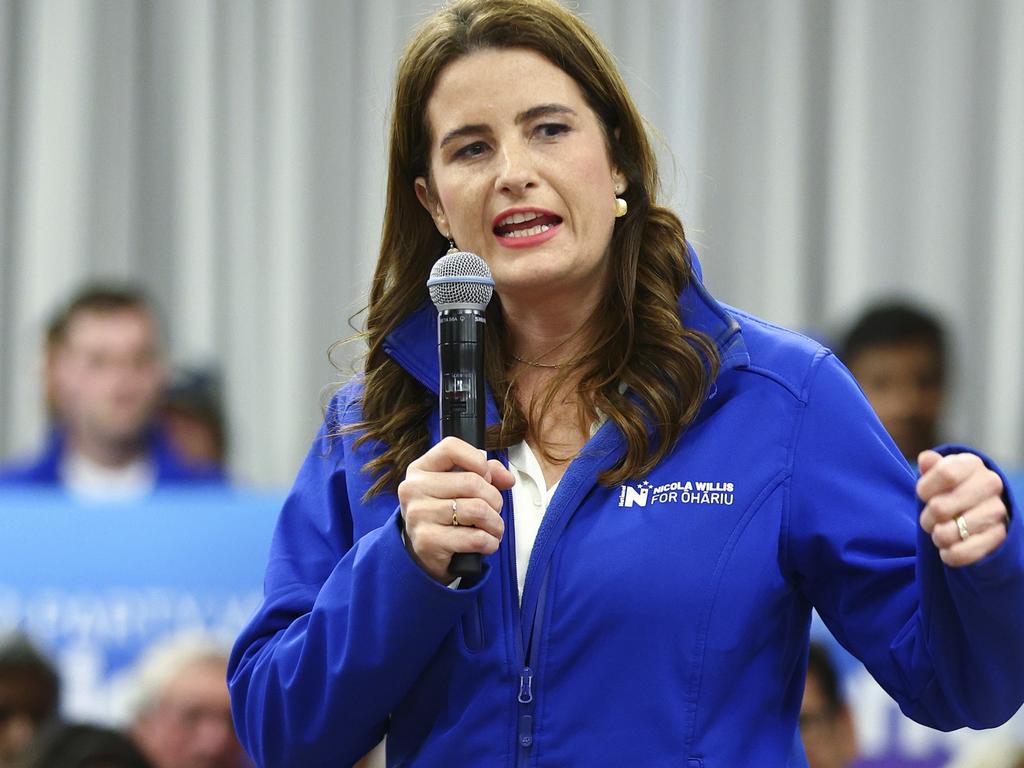
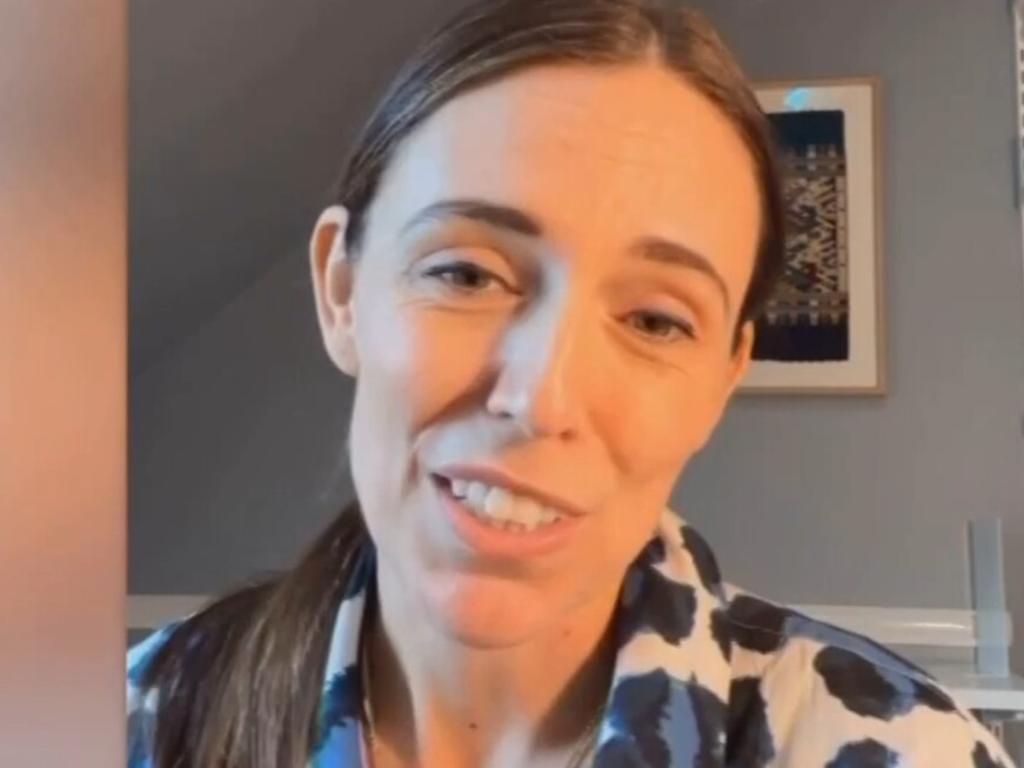
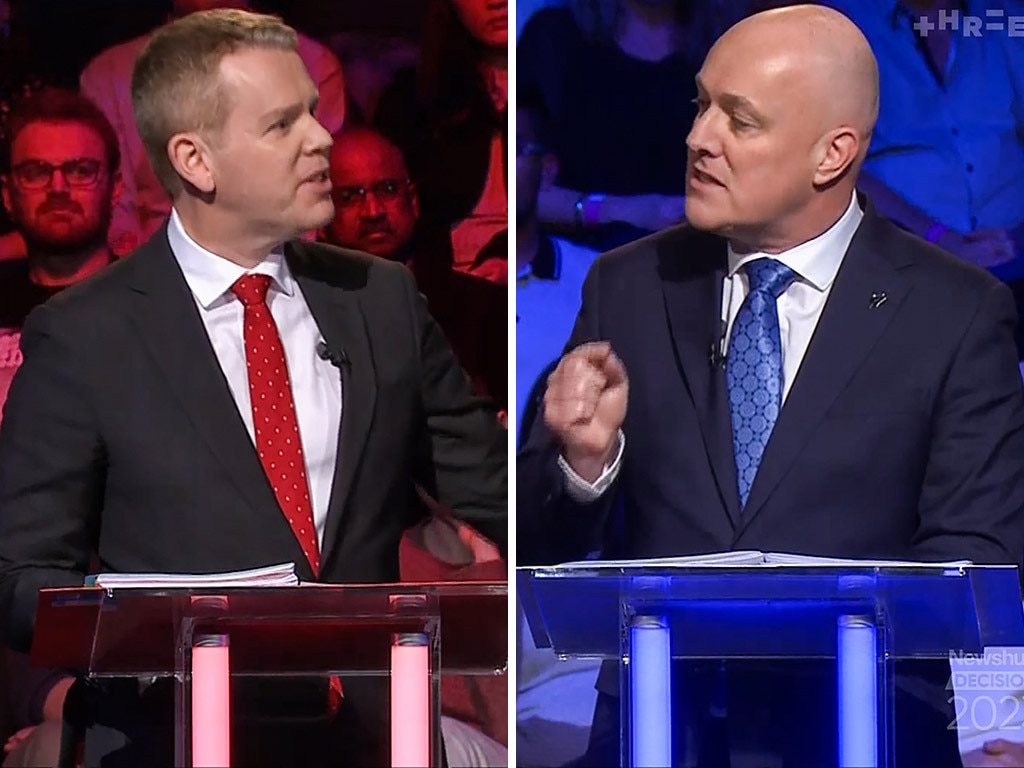



To join the conversation, please log in. Don't have an account? Register
Join the conversation, you are commenting as Logout